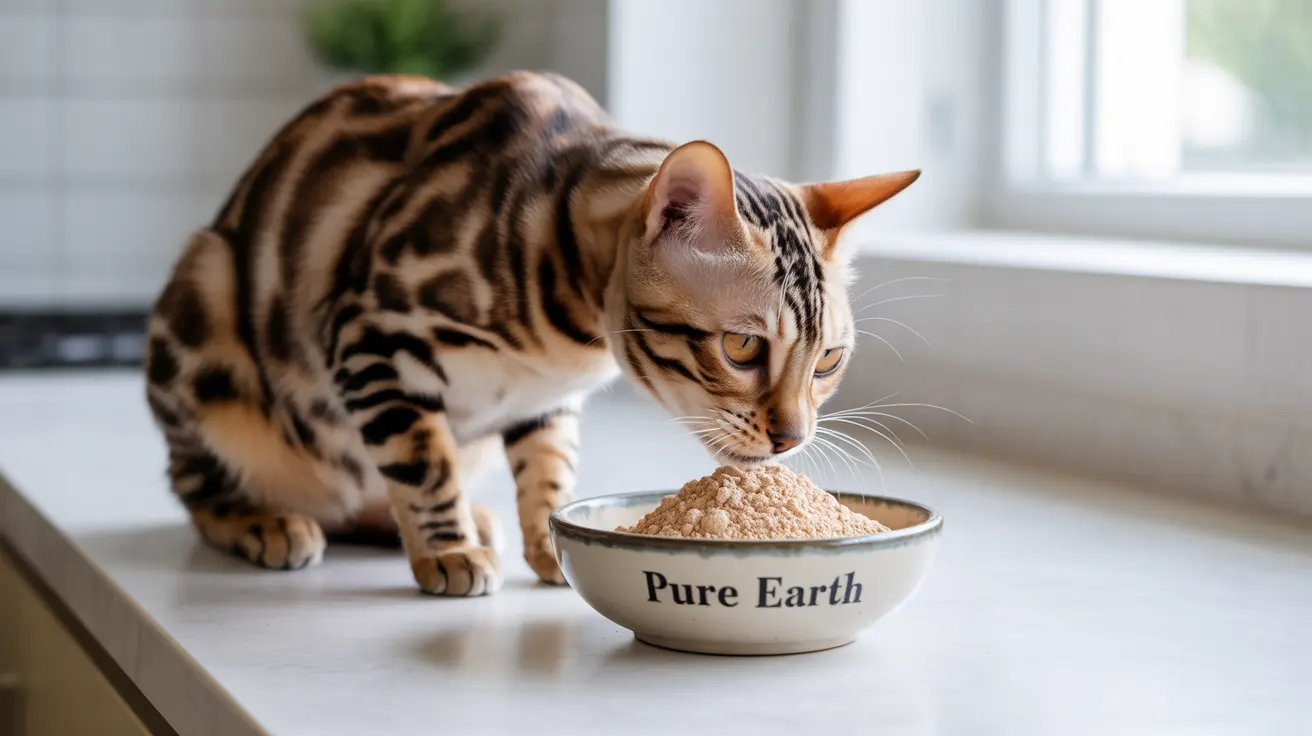If you're exploring natural solutions for pet care, you might be wondering about diatomaceous earth for cats. This naturally occurring powder, derived from fossilized algae, has gained popularity among pet owners for its potential benefits in flea control and parasite management. But before you introduce this substance to your feline friend, it's crucial to understand the safety considerations and proper usage guidelines.
In this comprehensive guide, we'll explore everything you need to know about diatomaceous earth for cats, including safety protocols, proper dosage, and potential benefits and risks.
Understanding Food-Grade vs. Industrial Diatomaceous Earth
Not all diatomaceous earth is created equal. Food-grade diatomaceous earth contains less than 1% crystalline silica and is generally considered safe for animal consumption when used properly. In contrast, pool or industrial-grade varieties contain up to 70% crystalline silica and are toxic to both humans and animals.
Always ensure you're using food-grade diatomaceous earth for your cat, as the industrial version can cause serious health problems and should never be used around pets.
Safe Usage Guidelines for Cats
When using diatomaceous earth with cats, following proper dosage guidelines is essential:
- Small cats (2-6 pounds): Maximum 1 teaspoon per serving
- Adult cats: Up to 2 teaspoons per serving
- Administration frequency: Once or twice daily with food
Never give diatomaceous earth to kittens under 2 pounds or unweaned babies. Always introduce it gradually to monitor for any adverse reactions.
Benefits and Applications
When used correctly, food-grade diatomaceous earth may offer several benefits:
- Natural flea control
- Internal parasite management
- Odor control in litter boxes
- Source of trace minerals
- Environmental pest control
Potential Risks and Precautions
While food-grade diatomaceous earth is generally safe, there are important risks to consider:
- Respiratory irritation from inhaling powder
- Potential eye damage if directly exposed
- Digestive upset from excessive consumption
- Risk of interaction with existing health conditions
Always use in well-ventilated areas and avoid creating dust clouds that your cat might inhale.
Best Practices for Administration
To safely incorporate diatomaceous earth into your cat's care routine:
- Mix thoroughly with wet food to prevent inhalation
- Store in an airtight container in a dry place
- Apply environmental treatments when cats are in another room
- Monitor your cat for any adverse reactions
- Consult with your veterinarian before starting use
Frequently Asked Questions
Can cats safely eat food-grade diatomaceous earth, and what is the proper dosage?
Yes, cats can safely consume food-grade diatomaceous earth when properly dosed. Small cats should receive no more than 1 teaspoon per serving, while larger adult cats can have up to 2 teaspoons, always mixed with food.
What are the differences between food-grade and industrial-grade diatomaceous earth for cats?
Food-grade diatomaceous earth contains less than 1% crystalline silica and is safe for consumption. Industrial-grade contains up to 70% crystalline silica and is toxic to cats and humans - it should never be used around pets.
How does diatomaceous earth work to control fleas and internal parasites in cats?
It works mechanically by abrading and dehydrating insects' exoskeletons and may help control internal parasites through similar mechanical action in the digestive tract.
What are the risks and side effects of using diatomaceous earth on or around cats?
Primary risks include respiratory irritation from inhalation, potential eye irritation, and digestive upset if too much is consumed. Always monitor for adverse reactions and use in well-ventilated areas.
Is it safe to apply diatomaceous earth directly to a cat's fur for flea control?
Direct application to fur is not recommended as it increases the risk of inhalation and eye exposure. It's safer to use environmental applications and mix with food for internal use.
Remember to always consult with your veterinarian before starting any new treatment or supplement regimen for your cat, including diatomaceous earth. While it can be a helpful natural tool, it should be used as part of a comprehensive approach to pet care rather than as a sole solution for health issues.






